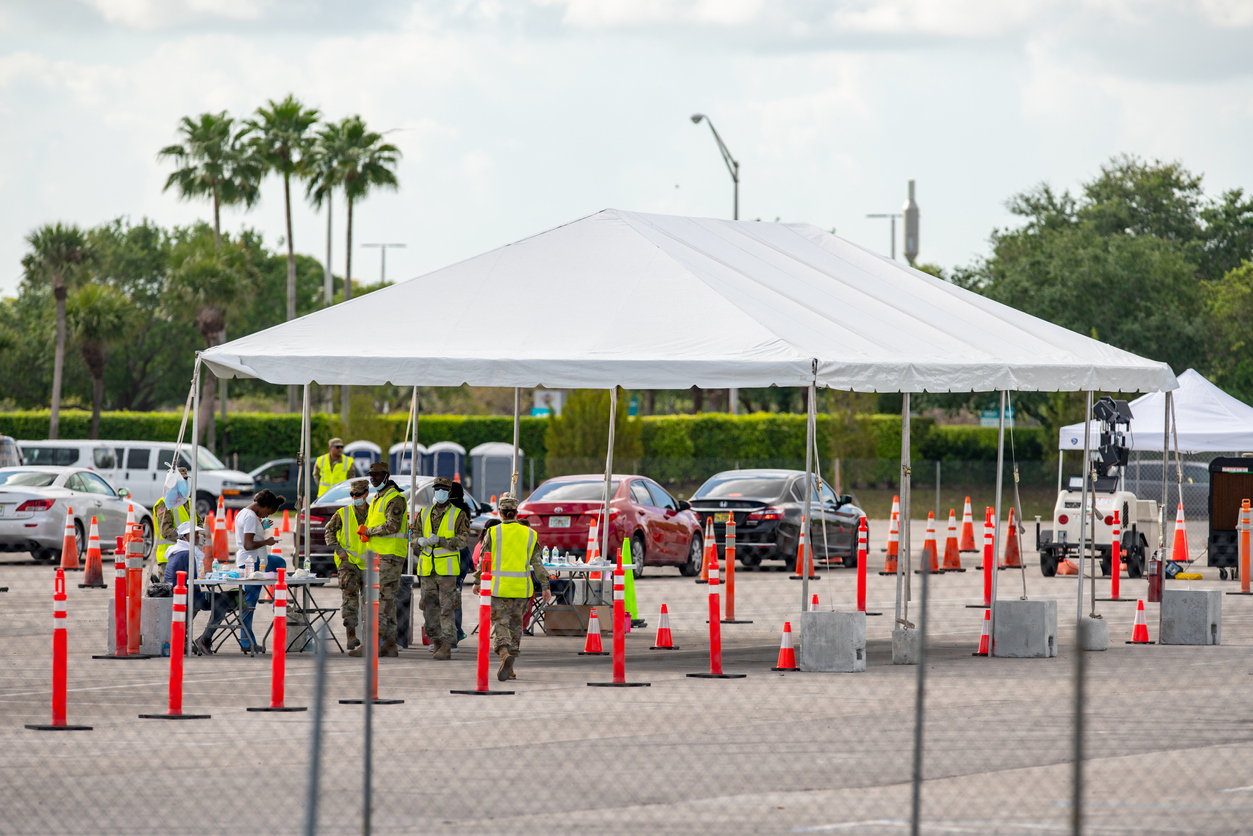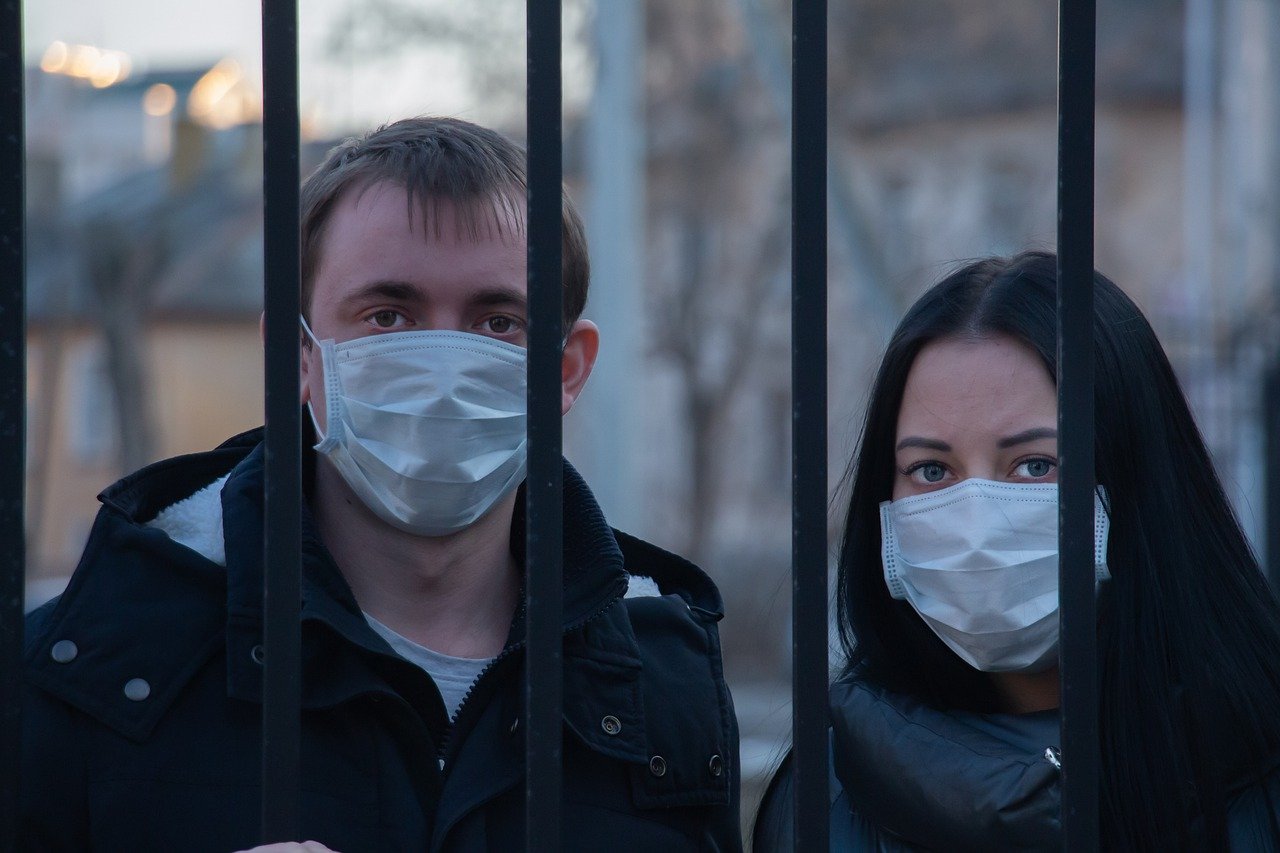The novel coronavirus has grown and spread across the globe. What began as a deadly and chaotic situation in Hubei Province, China in February has now become a global crisis, with hotspots emerging in countries such as Iran, Italy, Spain, France, and New York City and its surrounding areas. Significant clusters are appearing in most nations worldwide, and the majority of U.S. states are also experiencing substantial outbreaks. We will likely surpass a million cases globally in the next few days, with tens of thousands of fatalities already, and these numbers are only expected to rise.
In this post, I aim to explore what is most probable to occur with the COVID-19 pandemic in the medium term—over the next month or two, the longest time frame within which we can reasonably predict specific events.
**Note**: This post uses three technical terms—R0, R, and introgression—that are explained and illustrated in the final section, titled “Some Background: Key Terms and Concepts.†If these terms are unfamiliar to you, consider reading that section first before proceeding.
We also incorporate concepts from our published framework for analyzing what’s ahead for COVID-19, along with scenario descriptions from our scenario guide. These are summarized in the concluding section.
---
**What’s Next: Most of the First World Will Likely Achieve Control This Spring**
I’m about to make a bold and potentially controversial claim, but I believe it is well-supported and quite plausible: **Most of the first world will avoid uncontrollable spread to a majority of their population (Level 5 and a “big burnâ€) and instead manage to contain their local epidemics and reduce the number of new cases within the next month or two.**
This assertion is daring because it contradicts what many knowledgeable individuals are suggesting. For instance, New York’s government has predicted that New York City will likely experience a "big burn," and during the initial wave of this pandemic, no country has completely avoided this outcome. However, I am confident in my stance.
The measures we know work—social distancing and widespread testing—are not yet fully implemented in many countries experiencing large outbreaks but are rapidly being adopted. In the United States, for example, half of the states still haven't issued a general stay-at-home order, and testing capacity remains insufficient for mild and contact cases. Nevertheless, stay-at-home orders are expanding, and test capacity has now reached over 65,000 tests per day, though this is still only half of what’s required and continues to rise.
Recently, drive-through testing sites are gradually appearing, and Abbott Labs plans to roll out tests that can be used in smaller clinics without highly trained staff.
As governments and populations worldwide become increasingly aware that their success in containment is the only barrier standing between them and millions of deaths, and with clear examples of successful containment available (as detailed below), it’s not unreasonable to predict they will ultimately take the necessary steps.
In theory, any government operating in a high-trust society with advanced healthcare infrastructure, an organized police force, and sufficient biotech capabilities to facilitate widespread testing should be able to control their epidemic this spring. This doesn’t mean all will succeed, but it’s likely many will, and those that fail will have experienced a breakdown in governance and political will, not an unavoidable natural disaster.
**The Bottom Line**: If you reside in the first world, anticipate that your city may face overwhelmed hospitals (Level 4) in April or May, but it will likely regain control during this period. If your city experiences a majority infection rate this spring, it was not inevitable: blame the government and the public.
---
**We Now Know How to Contain the Virus**

Many countries are proving successful in containing their local epidemics, with a large number reducing the growth rate by at least half compared to R0, and a few have even pushed R below 1 for an extended period.
Two primary tools are being used to control the spread of COVID-19:
1. **Social Distancing**: Lockdowns and quarantines.
2. **Widespread Testing**: Identifying who and where to focus efforts.
China (outside Hubei) and South Korea have achieved the greatest success with widespread testing and social distancing, reducing R to approximately 0.4, an eightfold decrease from the disease's natural R0 of about 3. These measures have been as effective as similar strategies used against SARS 17 years ago.
However, halving R to about 0.8 is sufficient to stop the epidemic's growth.
Countries like Japan, Taiwan, and Singapore, while still experiencing local transmission, have maintained their case growth at manageable levels. Preliminary data indicates that these countries, whose case numbers have grown eightfold in the last month, have kept their R-values around 1.5 during this period, factoring in introgressions. These nations are over halfway to controlling the epidemic.
Evidence suggests that moderate success in containing local outbreaks is widespread. Comparing total case numbers from March 29, March 23, and March 17 in the Johns Hopkins CSSE coronavirus statistics database, 175 out of 253 jurisdictions showed slower growth rates in the second period compared to the first.
Even severely affected countries like Italy, Switzerland, and Iran have managed to reduce their growth rates through lockdowns and quarantines, matching the levels seen in Japan, Taiwan, and Singapore. Although neither Iran, Spain, nor Singapore can claim complete success, Italy's new case numbers have remained stable for ten days, suggesting R may be even lower than 1.
**The Bottom Line**: Social distancing and widespread testing are working for countries that implement them effectively. We don’t need to replicate South Korea’s success to control the outbreak—we can achieve half their success and still reduce case counts.
---
**Which Countries and States Are at Risk in the Coming Weeks?**
Local epidemics can escalate quickly. Italy, for instance, transitioned from only three confirmed cases to Level 4 within three weeks. However, it is possible to identify countries and regions moving toward a Level 4 outbreak.
Applying a filter to the 253 regions in the CSSE dataset—more than 1000 cases as of March 29 and a growth rate exceeding threefold in the previous six days (indicating unconstrained growth)—while not yet reaching Level 4, reveals the following areas: Quebec, Israel, the Philippines, Romania, Russia, South Africa, and Turkey. These regions warrant close monitoring in the coming weeks.
In the U.S., data suggests Washington and parts of New Jersey have some of the worst outbreaks outside of New York. Unless trends reverse, these states will soon reach Level 4 status. Louisiana and Michigan are the likeliest to follow.
---
**What Happens After Containment?**

Once the outbreak is under control, returning to normalcy will be challenging. Two realities prevent this:
1. Intensive control measures that successfully push R below 1 cannot be sustained long enough for true eradication.
2. Countries achieving control in the next few months will likely face numerous reintroductions from less-controlled regions.
Tomas Pueyo has described this post-containment phase as the "hammer and dance." Governments can temporarily suppress the virus with strict lockdowns ("the hammer"), but indefinite enforcement is unsustainable for complete eradication. Instead, they must adopt granular feedback from comprehensive testing to monitor R in various areas, implementing control measures that keep R below 1 while maintaining societal functionality.
In the **optimistic scenario**, these measures may prove relatively mild. Widespread testing and improved hygiene could keep outbreaks manageable as people resume activities, or economies restructured for reduced human interaction might operate with less physical presence. Antibody tests identifying immune individuals and early vaccine distribution could further mitigate risks by allowing immune people to assume higher-risk roles. Increased access to masks, gloves, and goggles could also aid safety.
As these measures improve and stakeholders gain experience, the level of restrictions needed to maintain R below 1 may diminish.
In the **pessimistic scenario**, no combination of precautions enables most first-world areas to sustain R below 1 while keeping economies operational. This would lead to intermittent lockdowns and elevated illness and death rates as the virus spreads through the population.
Certain pre-pandemic aspects of life may never return, such as large concerts and sporting events, or may take years to recover, like movie theaters and casual dress codes.
---
**Potential Game Changers: Medicine and the Weather**
Long-term pandemic progress will depend heavily on future scientific, manufacturing, and logistical advancements. These include:
- Increased supplies of masks, gloves, and goggles enabling broader public use.
- New therapies reducing severity or duration of illness.
- Vaccines offering immunity and aiding control.
- Expanded ventilator production supporting severe cases.
- Serological testing identifying past infections, improving models and accelerating economic recovery.
While these interventions hold promise, they are unlikely to significantly impact the medium term. The only immediate measure beyond social distancing likely to affect outcomes is increased PCR testing availability.
Regarding seasonal changes as the northern hemisphere transitions to spring, much speculation surrounds temperature impacts on virus transmissibility. Although there’s no definitive proof, evidence suggests the temperature effect alone won’t determine the pandemic’s trajectory. Warm-weather destinations like Brazil, Ecuador, Israel, and Florida have recorded thousands of cases despite favorable climates. Southern hemisphere and tropical locations, while not yet experiencing Level 4 clusters, are likely to follow suit.
---
**Some Background: Key Terms and Concepts**
**R0**: Governs the virus’s natural growth rate without intervention. For COVID-19, with an R0 of three, each infected person infects three others, with a serial interval of six days. Without action, cases triple every six days.
**R**: Describes the virus’s observed growth rate in a specific area with interventions. The goal is to reduce R below 1, halting growth.
**Introgression**: Refers to infections not originating locally but brought in from external regions.
China and South Korea hold the record for reducing R, achieving 0.4 in their Level 3 areas. This means new cases from local transmission fall to 40% of their previous value every six days. Such reductions can cause case numbers to drop by a factor of 100 in a month.
Intermediate R values matter too. Reducing R from 3 to 1.5 halves transmission, causing an eightfold increase in cases over a month. Cutting R to 0.8 prevents uncontrolled growth, shrinking the epidemic by about threefold monthly.
Our framework categorizes viral transmission into levels:
- **Level 0**: No active cases.
- **Level 1**: Some cases, all contained.
- **Level 2**: Small local transmission, clusters identifiable.
- **Level 3**: Widespread transmission, overwhelming cluster tracking.
- **Level 4**: Medical facilities overwhelmed but population unaffected.
- **Level 5**: Significant population infected.
Our scenario guide outlines three potential outcomes:
- **Scenario 1: Containment and Eradication**—most optimistic.
- **Scenario 2: Sideways until Therapies**—likely intermediate outcome.
- **Scenario 3: The Big Burn**—worst-case scenario.
Wallet,Purses For Women,Card Bag,Coins Bag
NINGBO SUREWAY E-FASHION IMPORT AND EXPORT CO,.LTD , https://www.surewaybags.com